When the city of Joliet invested in creating more than two dozen vibrant murals reflecting the diverse community, the works of art were the pride of the city. But after a span of about 30 years, the murals are faded, chipped, and crumbling.
Now a subcommittee, backed by the City Council, is working to revive the once vibrant art works.
From 1991 to 2008, Joliet commissioned artists to create story-telling murals. However, no policies were put into place regarding the maintenance and preservation of the murals.
The murals of Joliet tell the stories of the diverse groups within the community. The Friends of Community Public Art is dedicated to portraying the racial and cultural diversity within Joliet through murals within the city, said Kathleen Farrell, a muralist and President of Friends of Community Public Art.
The Joliet Arts Incubation subcommittee is looking for feedback from Joliet residents about the current condition of 28 murals.
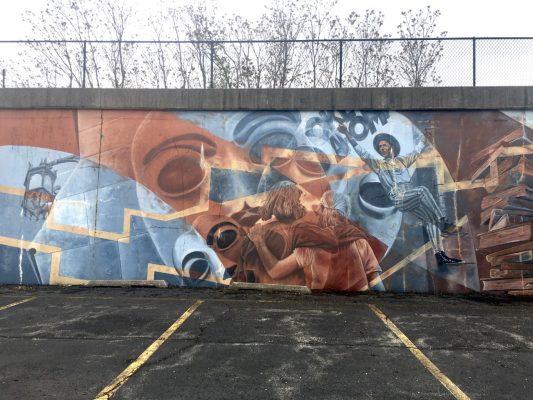
The subcommittee has said some murals may be irreparable or “cost prohibitive” to repair, according to the committee’s meeting minutes from February 17, 2021. The committee is looking for feedback to help decide how to move forward with assessing the condition of the murals.
According Quinn Adamowski, the subcommittee’s chairperson, assessments of murals are being done based on the environmental aspects the murals are exposed to, the condition of the substrate or underlying layer and the condition of the paint. Assignments to review the 28 murals have been divided among the members, each of whom will document photos and condition of the murals.
Joliet has not had a maintenance plan put into place for public art, and only small amounts of money have been allocated for murals to be refreshed, Adamowski said.
Cris Calderon, an aspiring artist in the Joliet area, said the murals are in bad condition. “Colors are faded, paints are chipping,” they said. As if multiple layers have been painted over.”
Farrell said after the 2008 recession the city stopped funding the public art program and artists stopped painting commissioned murals. Friends of Community Public Art pays the artists living wages, she said. The art pieces have contracts to them and “no one has the right to repair murals unless they are hired by Friends of Community Public Art,” Farrell said.
FCPA made sure the murals “reflected the racial and cultural diversity of Joliet in both artists and subject matter” Farrell said.
In the murals, Calderon said they see the culture and heritage of Joliet, including African American, Native American, and Hispanic heritage as well as subjects such as sports, nature, and music. Their mother has even compared the vibrancy of these murals and culture in Joliet to being in Mexico.
Calderon believes Joliet would not be the same without public art. “It is an important part of our culture to keep these people and [images] alive,” they said.
Adamowski said the stories and content told through the murals is “something that needs to be a focus moving forward.”
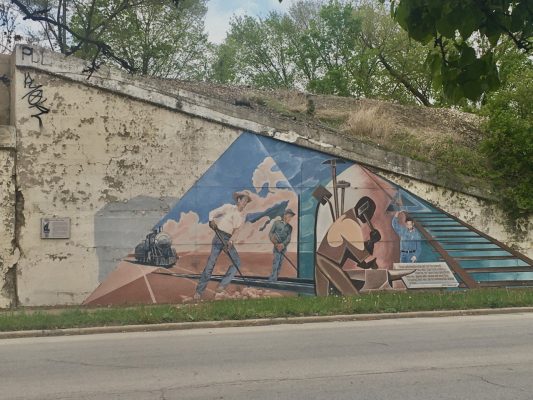
Many of the murals have visible damage, such as faded paint and chipped walls. |Aileen Carranza
The committee has had some one-on-ones with the mural artists. Farrell said she is not looking to the city of Joliet for new projects, but would like the new generation of artists to move forward.
After the subcommittee receives feedback regarding the murals, it will present their plan to the Arts Commission committee.
The conversation regarding public art will not stop there however. After the assessment of murals, the city’s Arts Incubation subcommittee will transition to assessing Joliet’s statues.
“Public art speaks to quality of life. It talks about a community’s vibrancy Adamowski said. “It helps tell the story of who the community was and who the community is and where the community wants to go.”

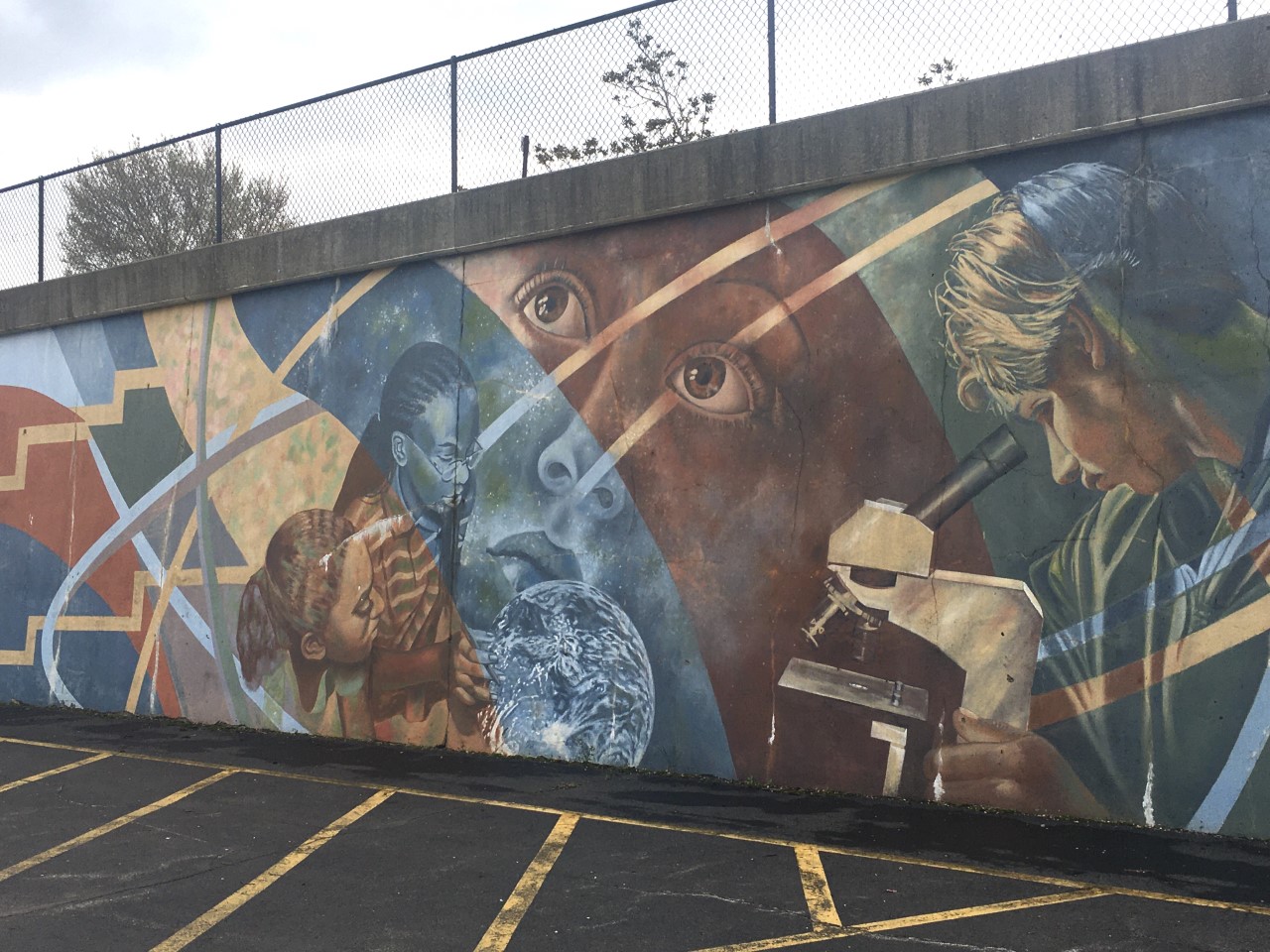
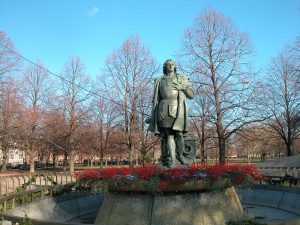
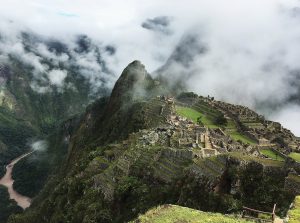
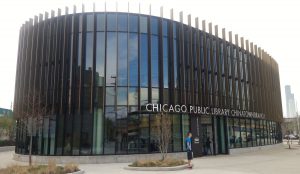
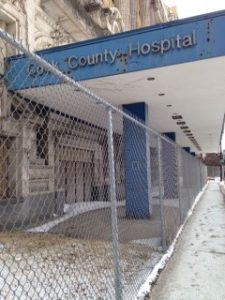

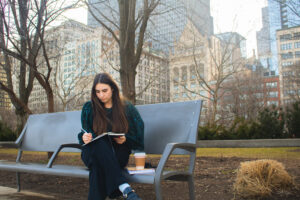
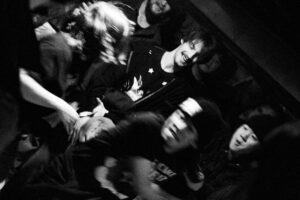
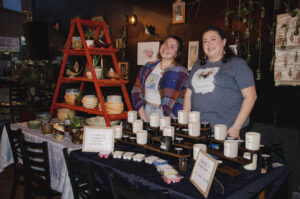
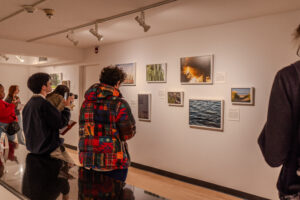
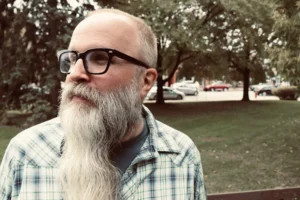

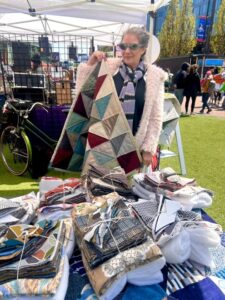
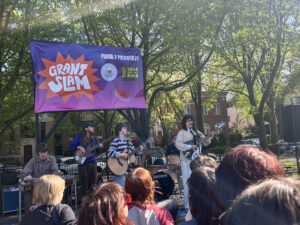

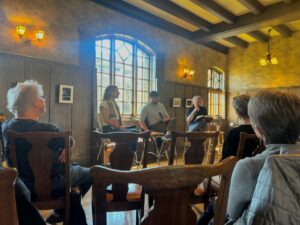
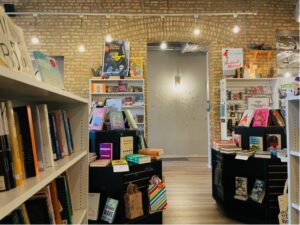


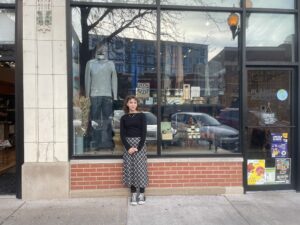


Be First to Comment